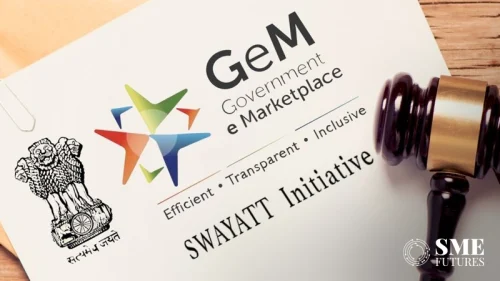With restrictions expected to be eased even more gradually than previously assumed, there is an increasing risk that the hit to consumption and employment will be more prolonged, Moody’s Analytics said.
On the production side too, labour shortages and sourcing constraints are impediments which will not only weaken domestic supply, but also exacerbate costs and fuel inflation pressures in the short term, it added.
Under these circumstances, the RBI will continue to maintain an accommodative stance as it prioritizes recovery and financial stability, but is unlikely to go significantly beyond mobilizing additional liquidity to support cash-strapped enterprises.
Moody’s Analytics said the RBI is therefore likely to maintain the policy rate at 4 per cent until August but follow up its support with another round of quantitative easing if required and possibly an extension of its current loan restructuring program to contain a sharp decline in asset quality.
The near-term outlook for the Indian economy is still mired in uncertainty. Although daily cases are now on a declining trend (down to under half of its peak at 400,000 cases in early May), most states have extended localized lockdowns by a few weeks.
The RBI, however, cut its growth forecast to 9.5 per cent for the financial year 2021-22 in light of the strong resurgence, which resulted in most states imposing lockdowns.
New cases are on a declining trend, but with restrictions likely to be eased only gradually, the sharp slowdown in domestic demand is set to weaken revival beyond the June quarter, Moody’s Analytics said.











